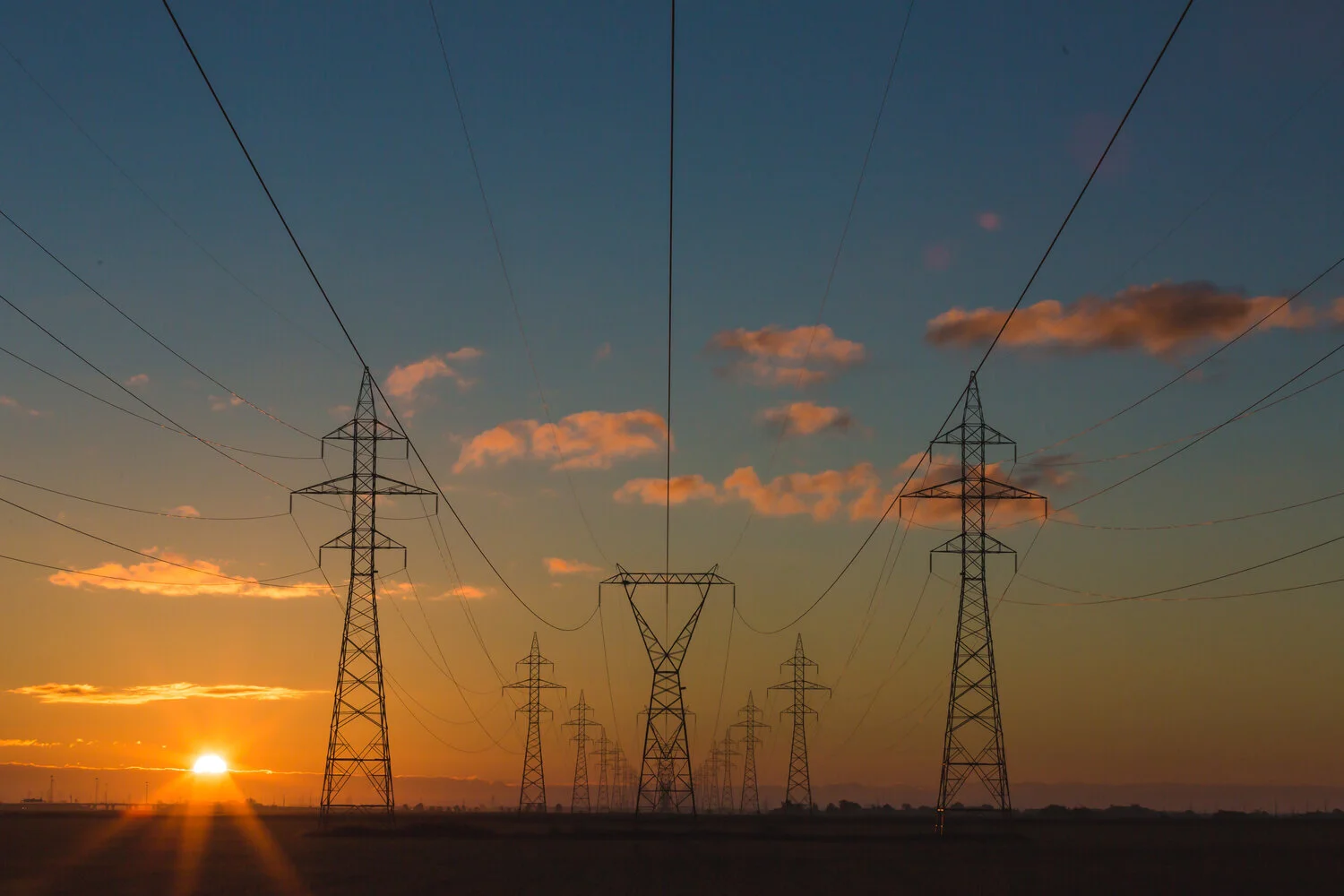Energy Efficiency Expert Shares Strategies for Saving Money (and Maybe the Planet)
Energy efficiency expert Phil Coleman offers strategies to lessen your carbon footprint.
Phil Coleman, president of aFewSteps.org, is an expert at energy efficiency. He designs energy conservation initiatives on behalf of the U.S. Department of Energy and also travels to places such as Jordan, Chile, and India, advising governments and companies on how to save money.
He’s also expert at saving energy at his home on Yale Avenue. In fact, he proudly notes that his PECO Home Energy Report — the bimonthly report that some PECO customers used to get comparing their energy consumption to that of their neighbors — always scored him as number one, two, or three in his neighborhood for energy efficiency.
Home energy use accounts for an estimated 20 percent of a household’s overall footprint. These days, with the dire warnings about climate change a part of our daily consciousness, many people are working on ways to substantially reduce the size of their carbon footprint. In doing so, they can reap some cost savings as well.
Phil sets a high bar for his neighbors! I should know, I live across the street from him. At a Swarthmore Environmental Advisory Council (EAC) meeting on January 28, he explained how he does it.
Small Investments and Common Obstacles
Coleman says households can get fairly dramatic savings by investing less than $200 in things like power strips and LED bulbs — and, most significantly, through regular conscientious behavior. “The biggest obstacle is people’s notions, the energy myths that are spread,” he says. “You know — ‘Leave the lights on because you’ll be back in a little while’ and ‘Don’t turn your heat down because it takes more energy to bring it back up.’” He noted that his 2300-square-foot house, built in 1980, was not particularly designed with energy efficiency in mind: It has large south-facing windows and an old, inefficient HVAC system. Yet, he says, his home uses 70 percent less electricity than the average comparable household and 20 percent less gas, translating into $2,000 in yearly savings.
One advantage Coleman has in saving energy is that he lives alone. But even when he had family members living with him, they still used 50 percent less electricity and 15 percent less gas than the average household. This is his advice:
Turn it off:
Do not leave the heat or air conditioning on when the house is unoccupied.
Turn off lights in unoccupied rooms. Always.
Unplug to prevent “vampire” usage of electricity. To make this easier, plug TVs, DVD players, and set-top boxes into power strips and switch those off when not in use.
Unplug chargers for electronic devices.
Heed the great outdoors:
Let the sun in during the winter and the breeze in during the summer.
Be aggressive in your use of shades. Coleman has double-cell shades that reflect the sun in the summer and absorb sunshine in the winter, providing insulation.
Remember the second law of thermodynamics — energy always degenerates, so you’re always losing:
Set your water heater to the lowest comfortable temperature.
Let hot food cool on the counter before refrigerating.
Do lots of batch cooking on the stove in winter and refrain from using the stove and oven during summer.
With heating and cooling, keep a wide dead zone. Coleman keeps his thermostat at 62 degrees in the winter (56 overnight). In the summer, he sets it at 78 degrees.
Make good use of weather stripping to block drafts throughout your house.
Lighting should be exclusively LED light bulbs — or at least replace your six highest-use incandescents with LEDs.
Appliances should be Energy Star-rated.
How to Get Started:
Buy a programmable thermostat (usually less than $50).
Consult your PECO bill and Home Energy Report, noting your 13-month usage graph as your baseline.
Call PECO and ask for their $49 energy assessment (often reduced to a promotional $25 in bill inserts). A representative will come to your house and assess where your home is losing energy. Installation of LED light bulbs and power strips, among other energy-saving products, is often included.
Consider switching to a renewable energy plan that generates its power from projects in Pennsylvania. Check out papowerswitch.com.
Coleman promises that, if you follow these steps (and train your family to turn things off!), you will be well on your way to lessening your carbon footprint while saving hundreds, even thousands, of dollars on your yearly utility bill. He welcomes the competition!
The EAC welcomes the public to attend any session. Next month’s meeting features a presentation on solar energy by Swarthmore’s Open Sky Energy on February 25, 7:30 p.m., in the community room in Swarthmore Borough Hall, 121 Park Ave.




